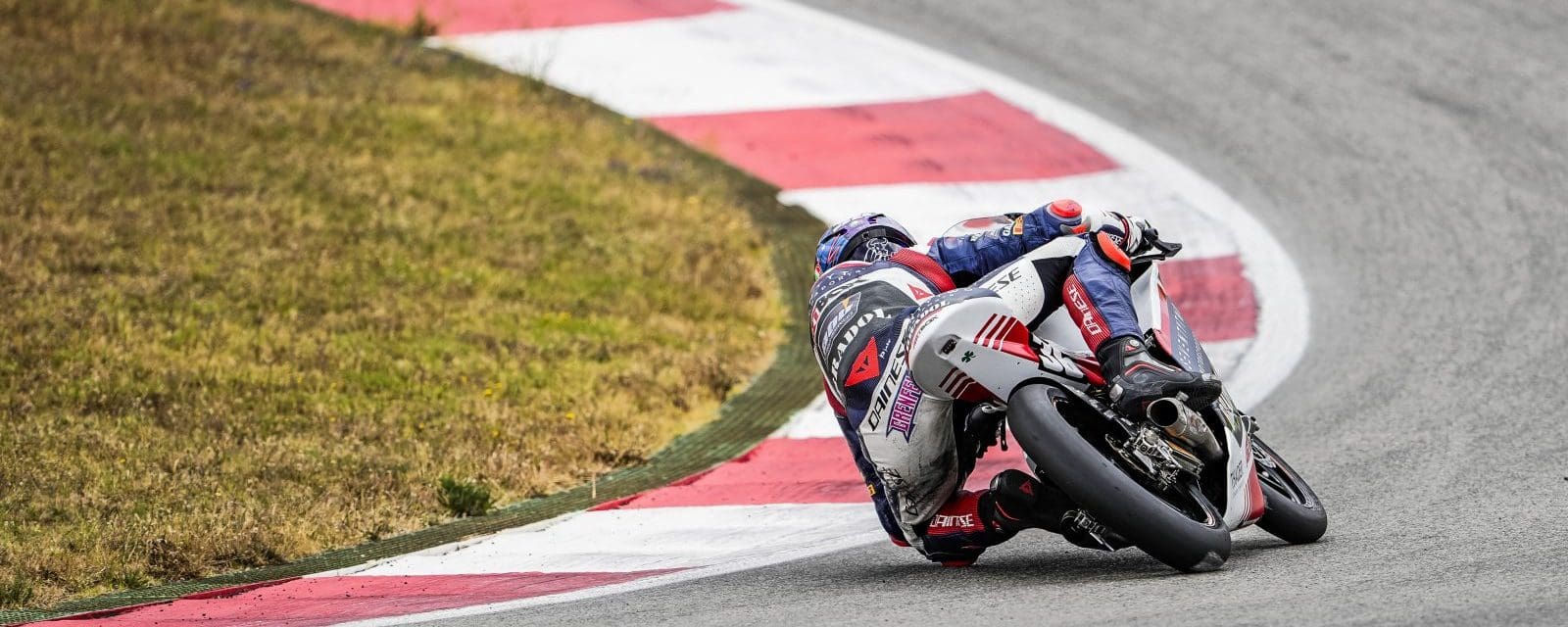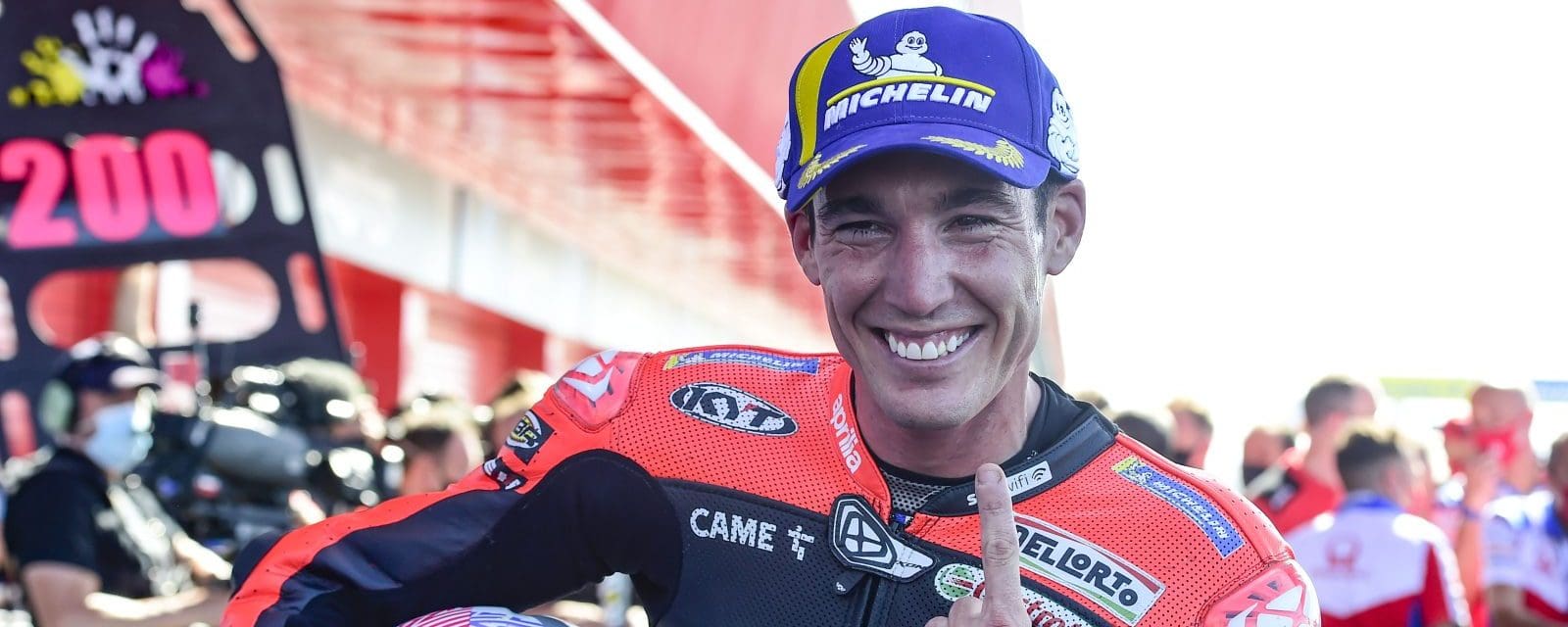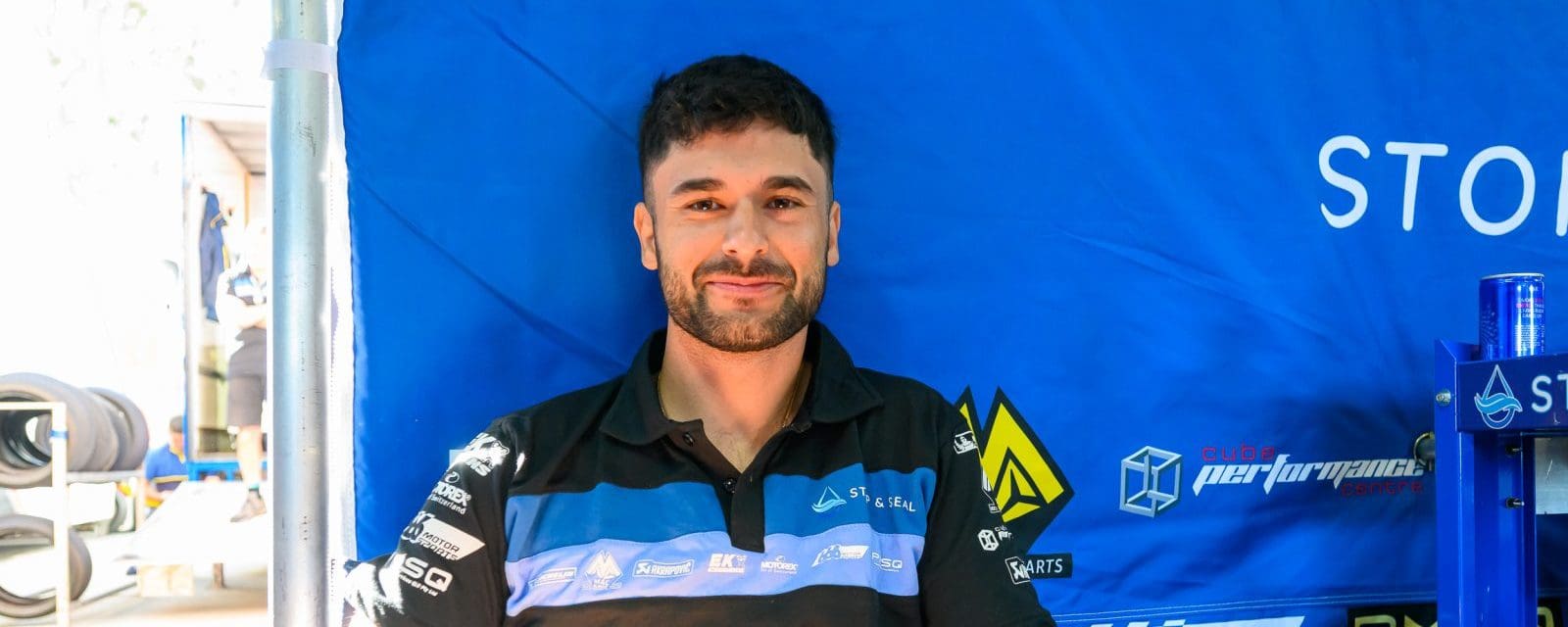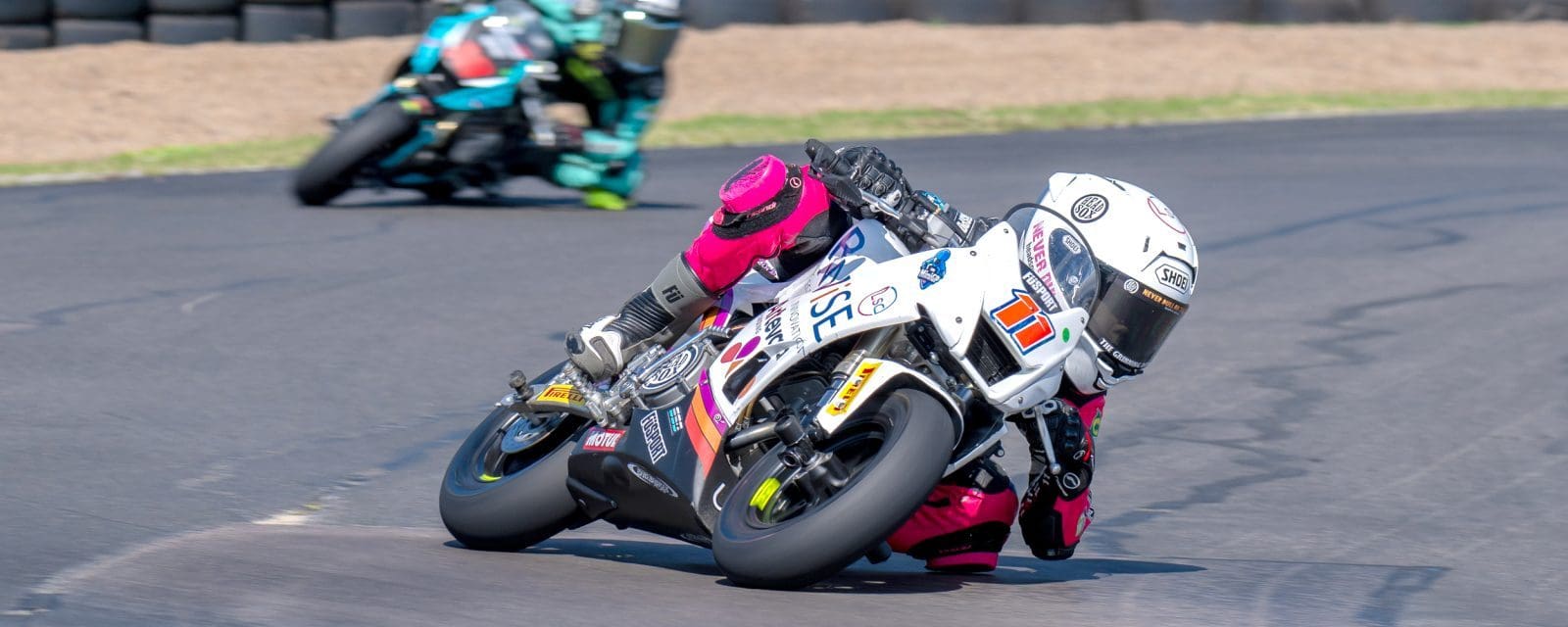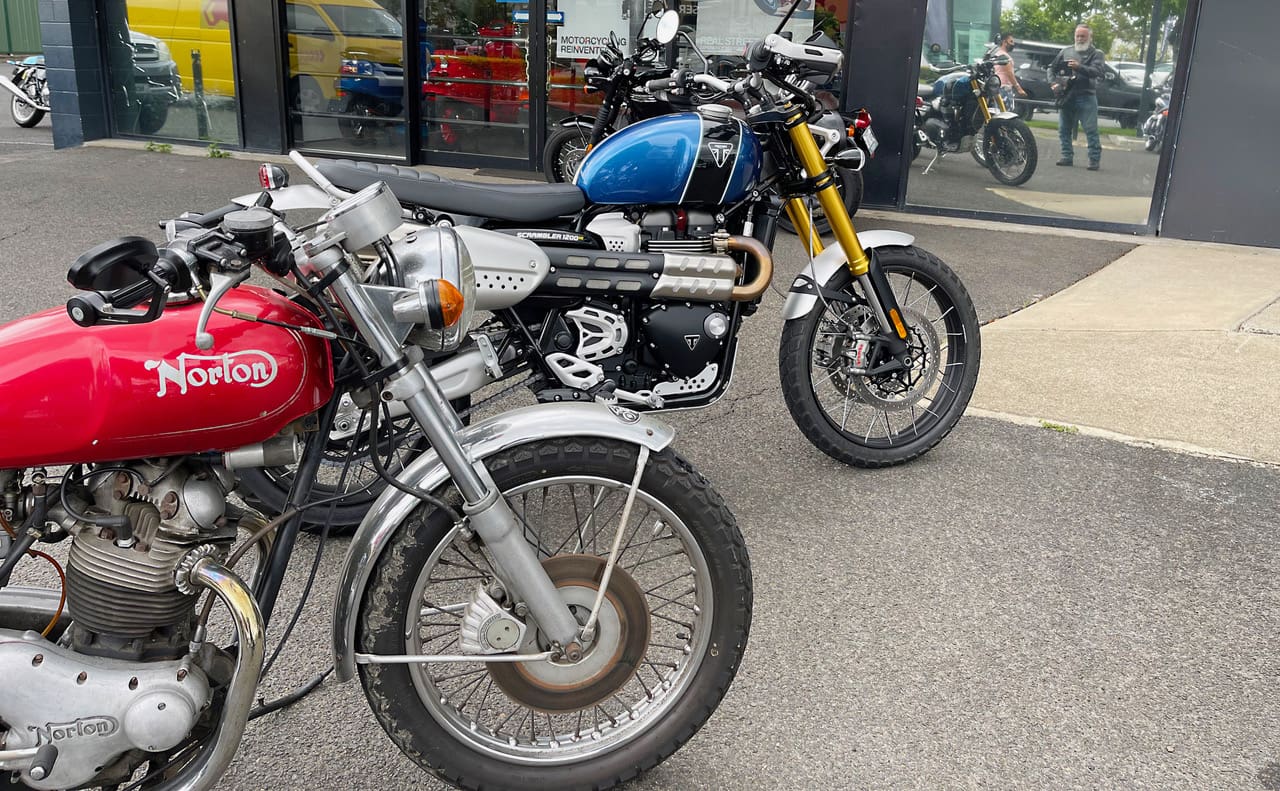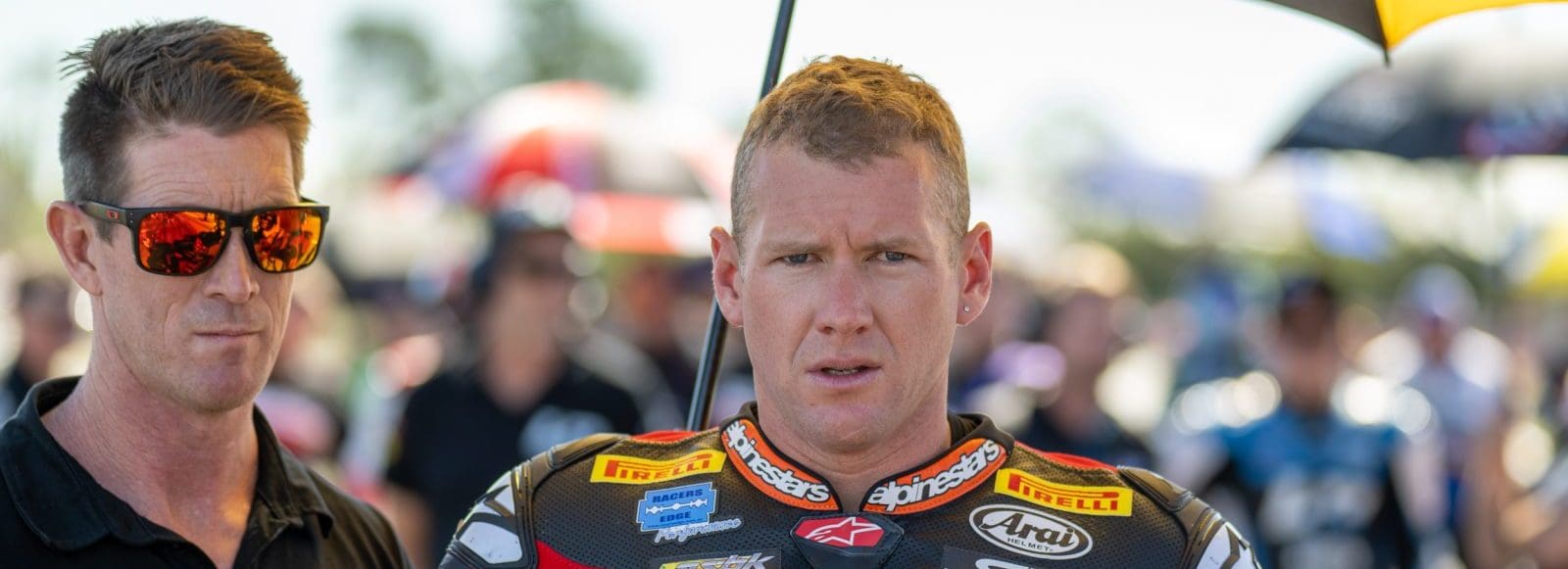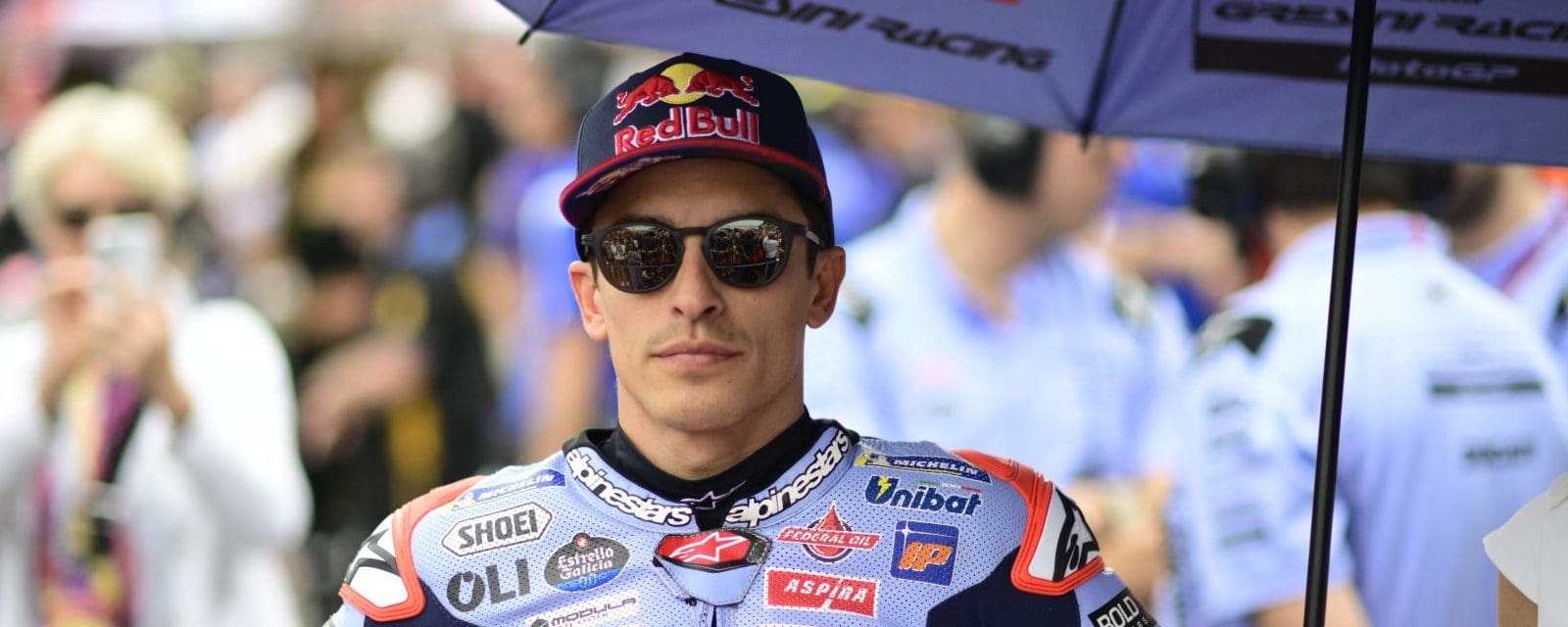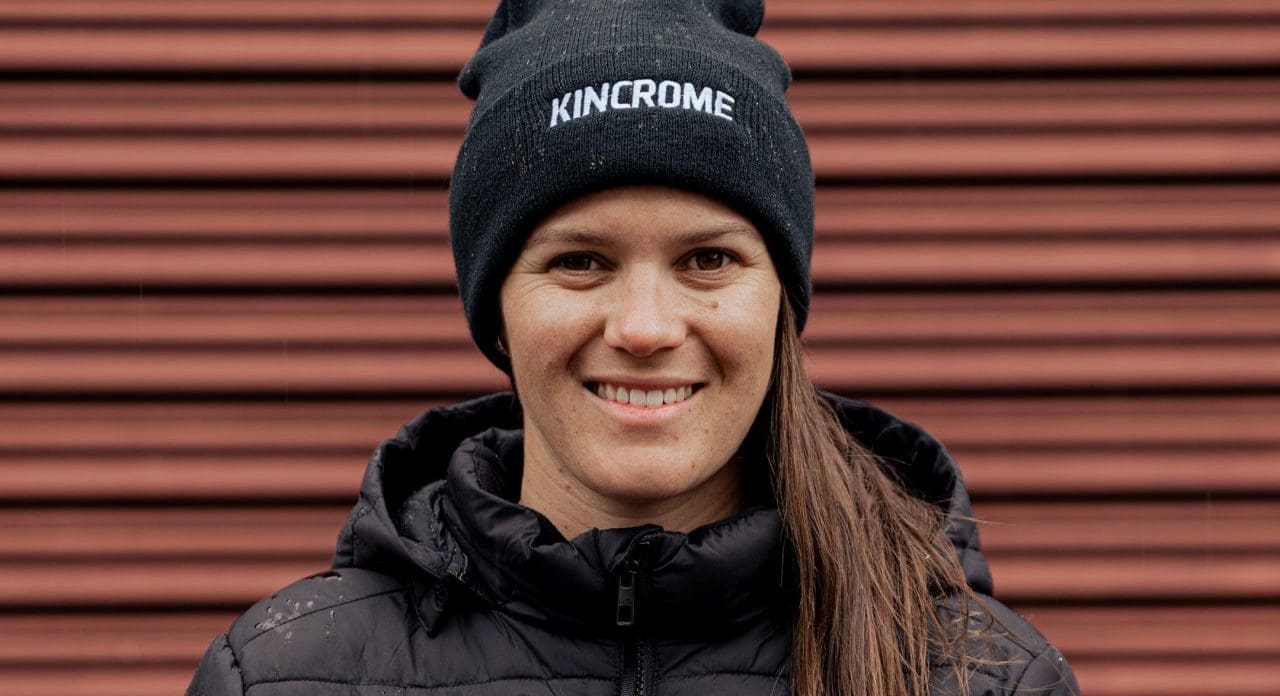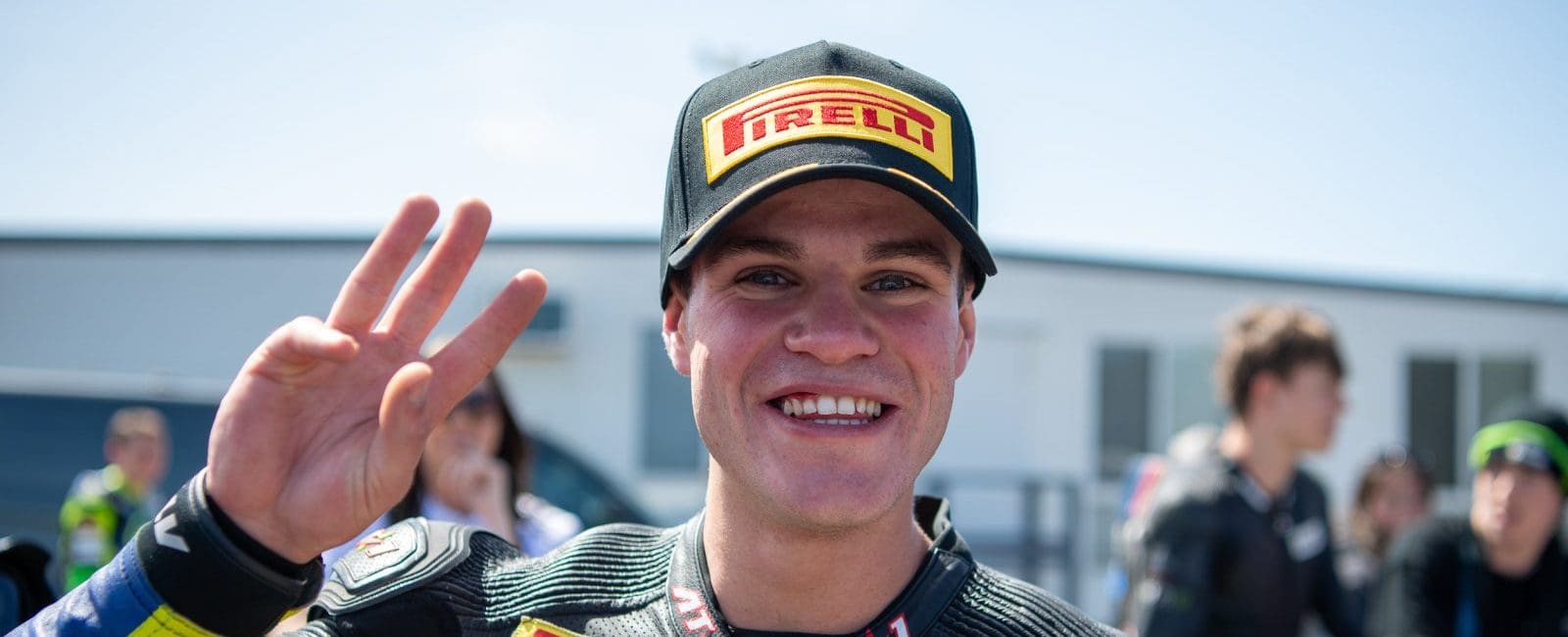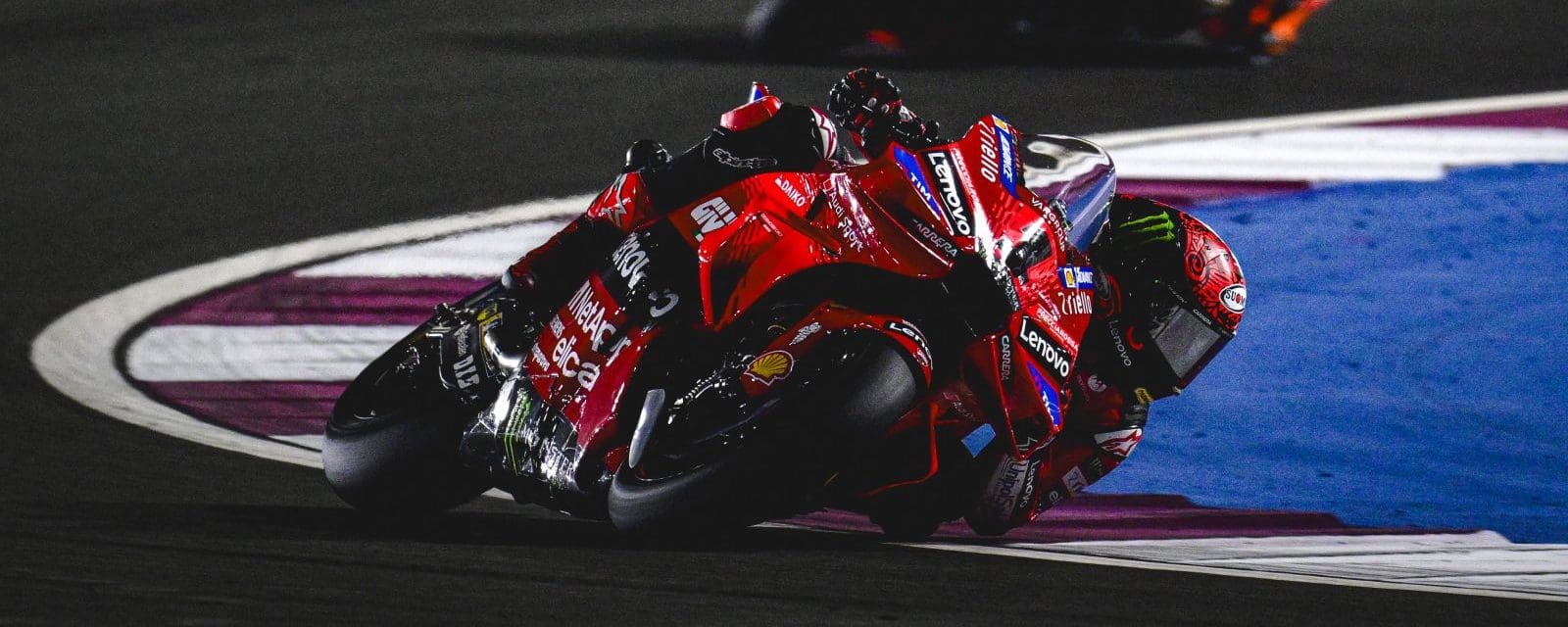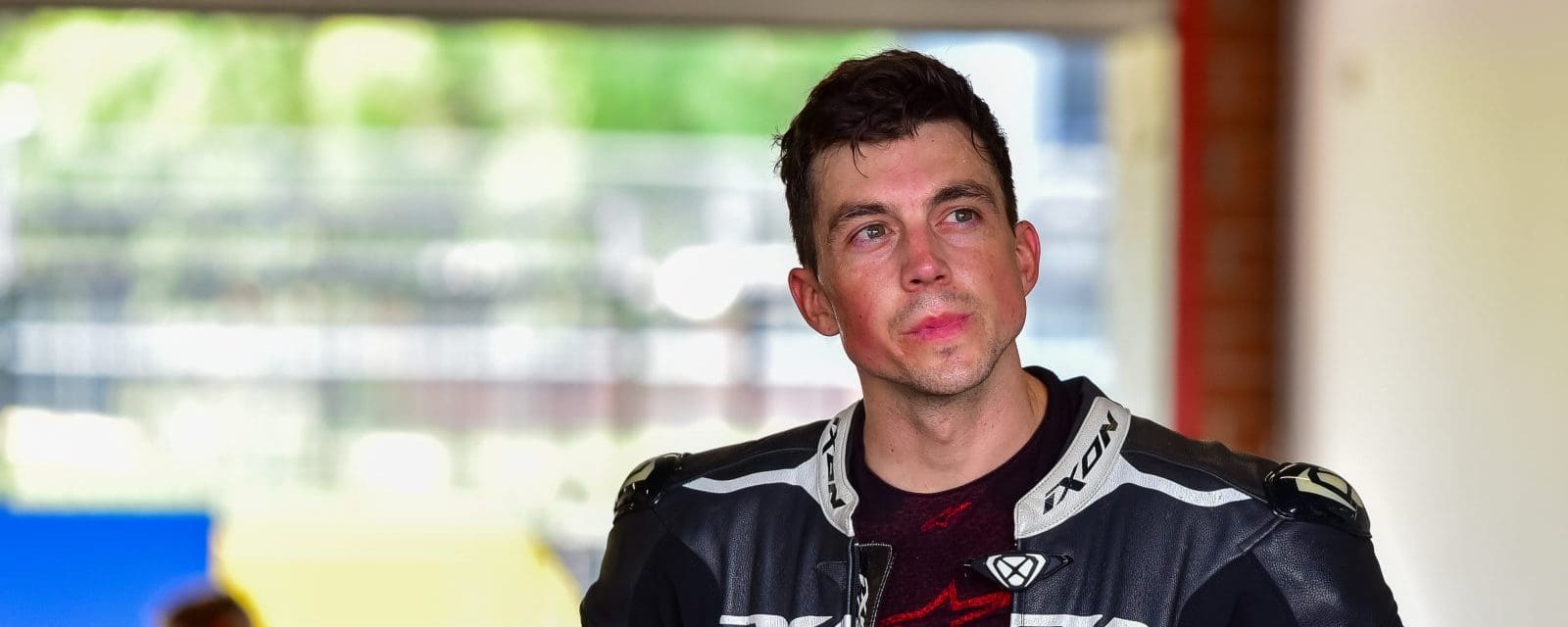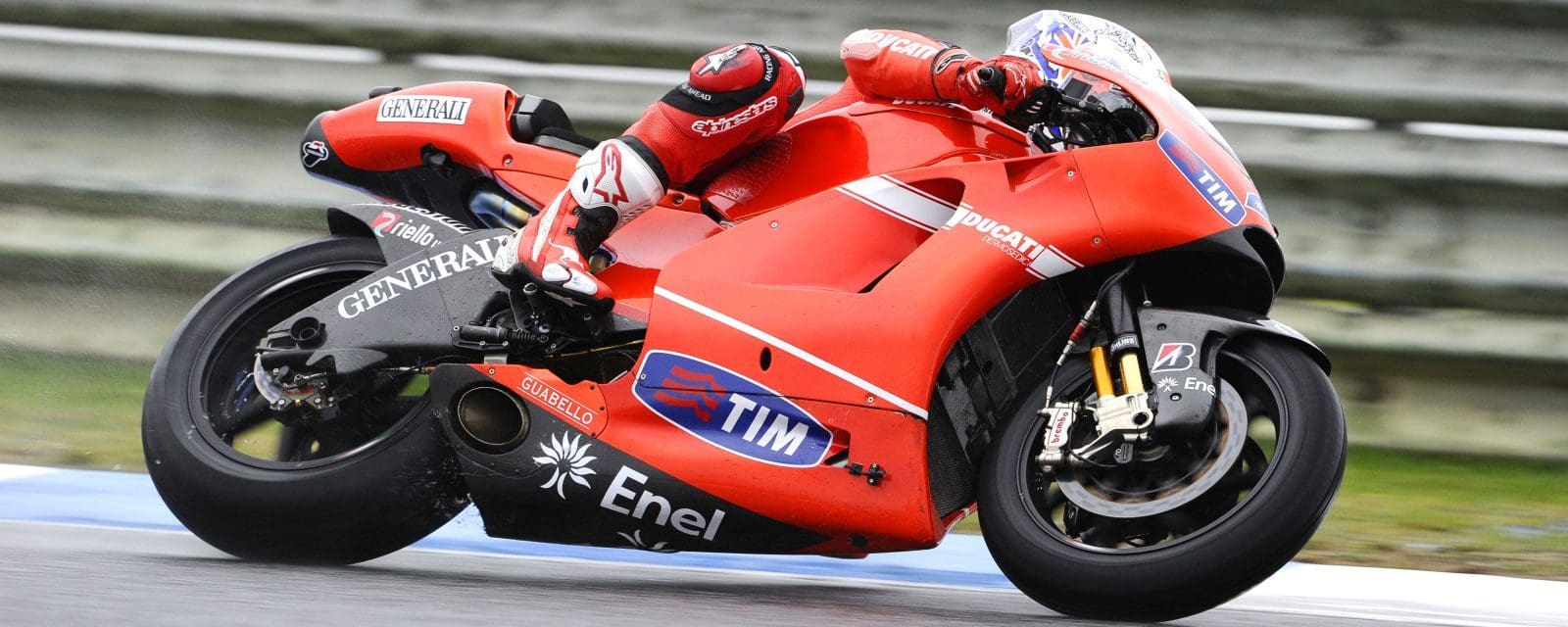Not just because Márquez reliably has the beating of Dani Pedrosa. Actually he doesn’t, not every time. At Jerez Dani beat him by six seconds.
But there was a reason: it was baking hot, on a quirky low-grip track. Conditions in which, all of a sudden, Dani became unbeatable.
The opposite is also true. Make it cold and wet, or even just cold, and Pedrosa’s form is a thing of the past. Down with the backmarkers. The difference is absolutely weird.
Yet apparently it’s easily explained. The control Michelins need to be brought up to working temperature, and to do this the riders have to bully them, subject them to some solid abuse. In other words, throw their weight around. And Dani simply hasn’t got enough of it.
All this is true, not a typical equipment-blaming rider’s excuse. Tyre temperature sensors and lap-time monitors prove the point; other data makes it cut-and-dried. Dani gets the front slides and wheelspin to prove he’s trying, and at the same time they prove he is failing.
But can it really be that simple?
Márquez is riding effectively the same bike, give or take some chassis geometry and suspension settings. And Márquez isn’t that much bigger… only a matter of eight kilograms: 51 to 59kg. Even less in terms of height: 160 to 168cm. Can that little make the difference between night and day? (Scott Redding weighs 78kg and is 185cm tall – now that’s a difference.)
Perhaps it illustrates my favourite point: the margins between success and failure at this level can be very small.
And yet the Marc-Dani margin in the wet is huge.
Márquez was third in the cold and rain at Assen, five seconds behind winner Rossi. Dani was 13th, more than another minute behind. And in wet practice last time out at Sepang, Marc was second-fastest, half a second off leader Dovizioso; Pedrosa was 18th, almost five seconds down. No wonder he was pleased to have managed fifth in the race, albeit half-a-minute behind the leader – a man who won at Sepang in the wet in 2012.
Clearly something else makes the difference. And while it is the tyres, Dani’s inability to make them work cuts deeper than avoirdupois. It is a matter of riding style, and Pedrosa has been ambushed by the inability or perhaps unwillingness to change his way of riding the bike.
Have a little sympathy here. He’s 32, therefore somewhat set in his ways. And the teammate (aged 24) whose style does work is very exceptional, to put it mildly.
The difference is easy to see. Deceptively, Dani is also a point-and-squirt rider, with a relatively slow mid-corner speed. He then picks up onto the fatter part of the tyre and fires it out. The Honda demands to be ridden that way. But Dani does it all so smoothly that you can’t really see the transitions.
Márquez has the same approach, but exaggerated with ultra-violence. Watching him leap around on the bike, punishing the front and skittering the back, nobody could accuse him of being smooth. But if that’s what it takes to get the tyres to work, that’s what he does.
Is it too much to ask of Dani to do the same?
It’s hard to say, because Dani’s not just a great rider but also a refreshingly matter-of-fact personality in a world of inflated egos and showboating superstars. I hope I’m proved wrong.
But Rossi was older than 32 when he forced himself to learn new ways of riding to compete with the young generation. So really that’s what you have to do, to deserve a top factory bike.
